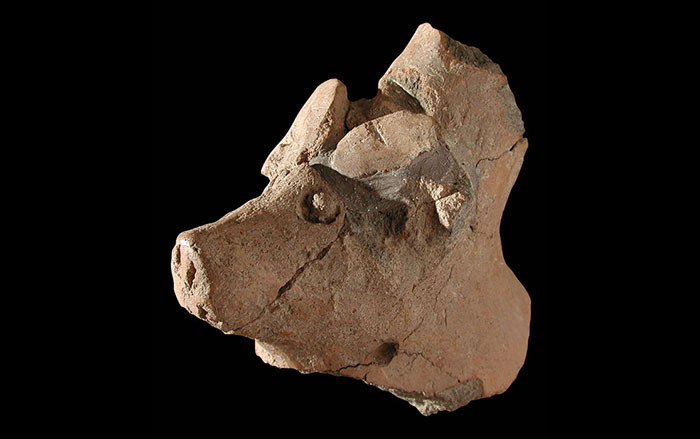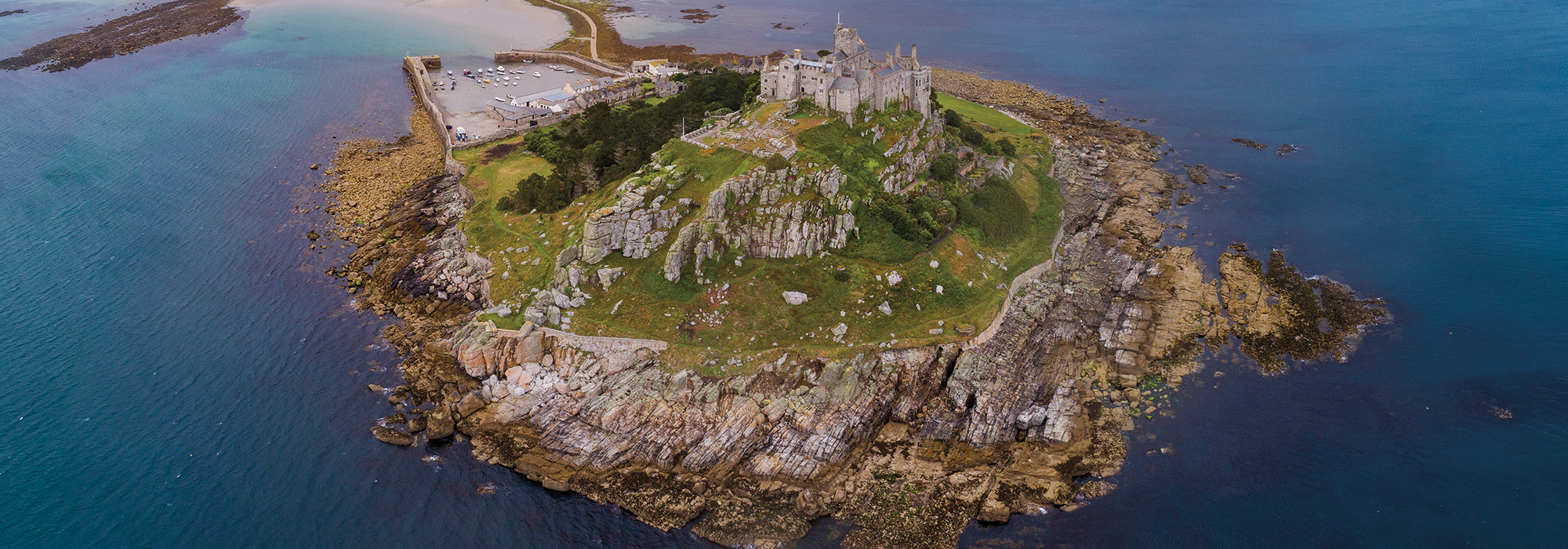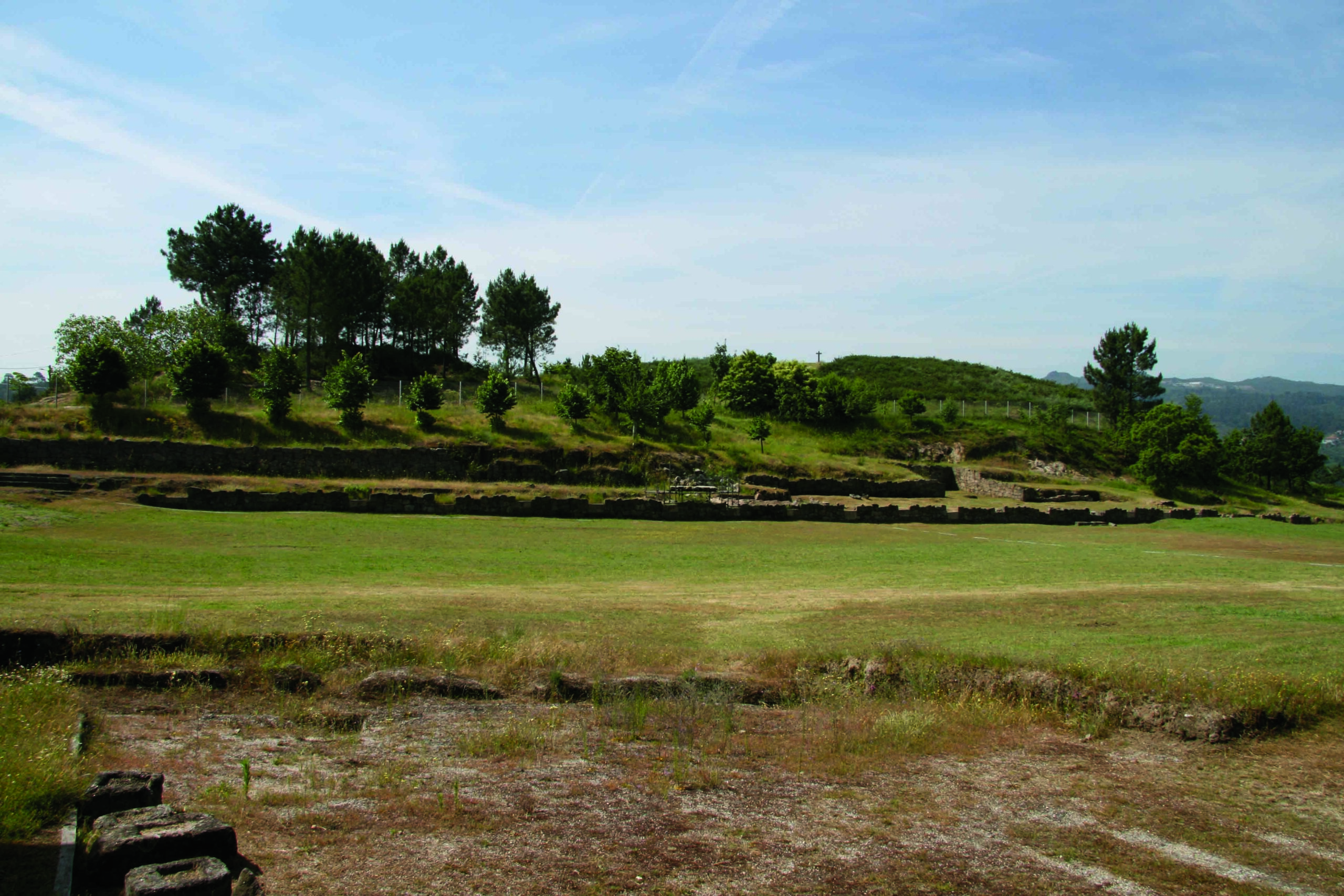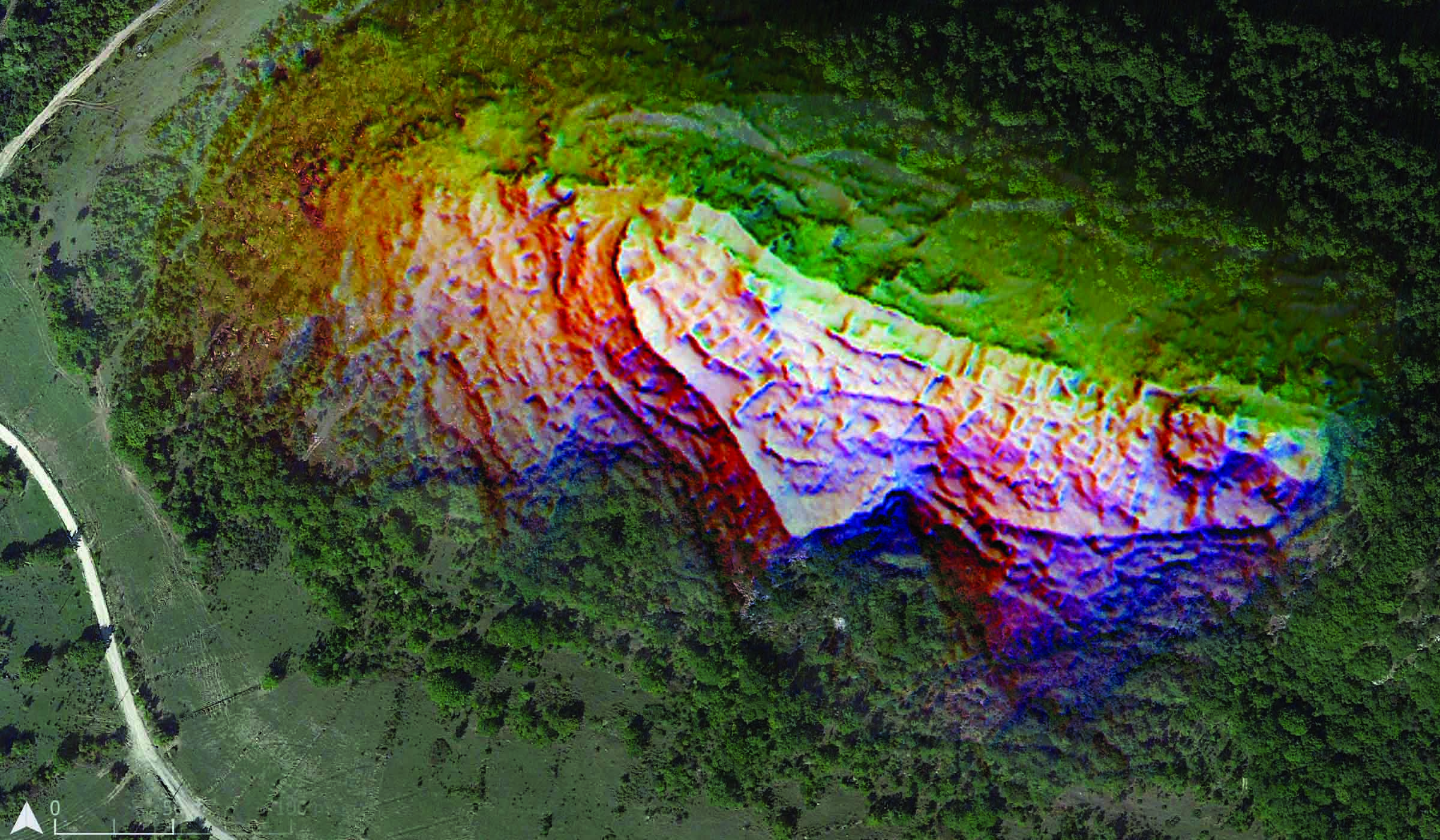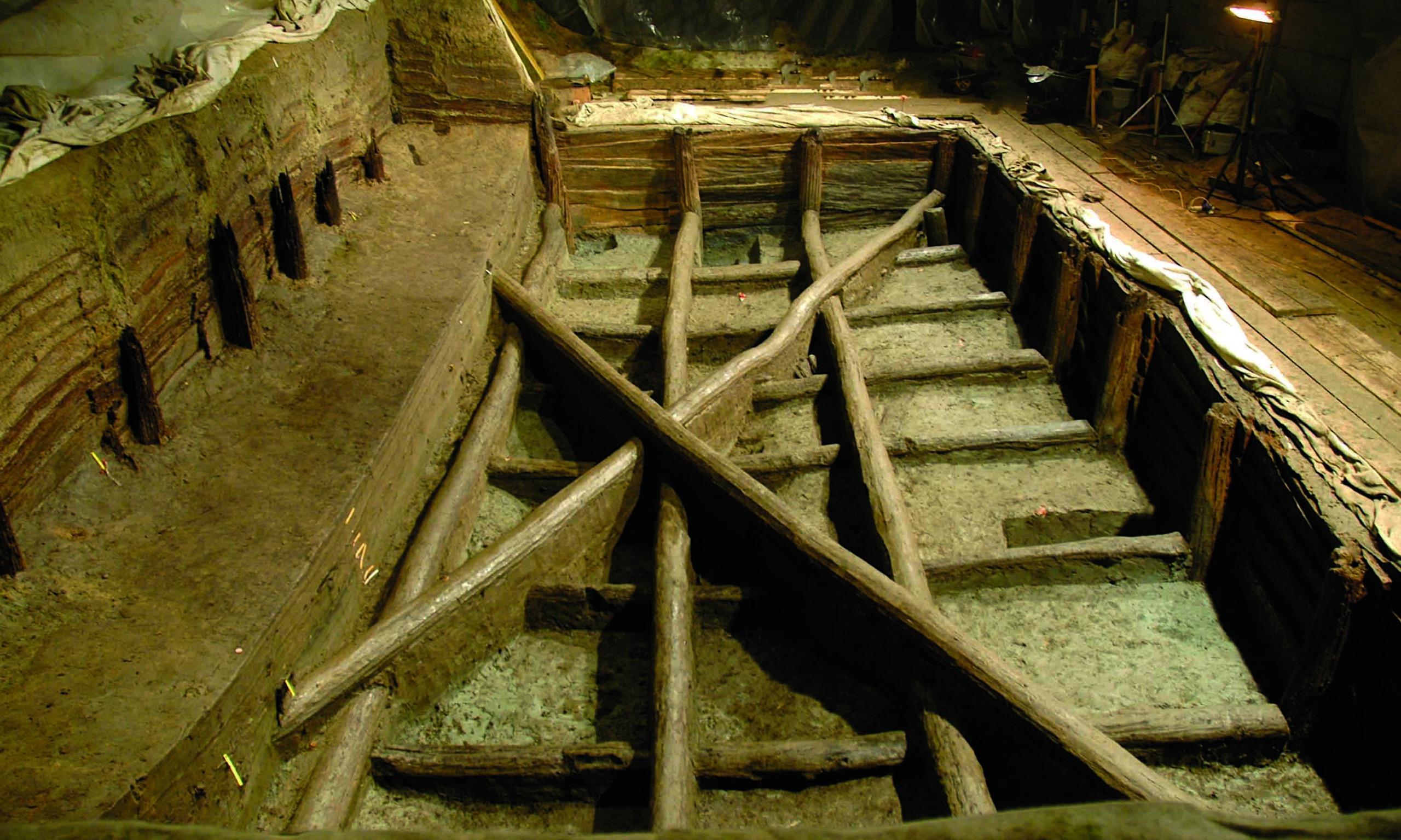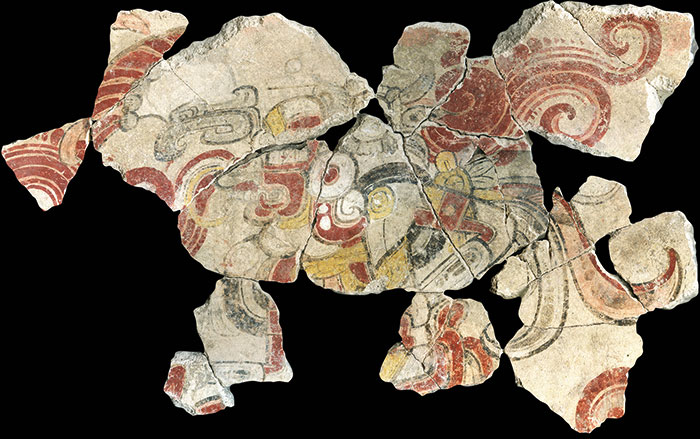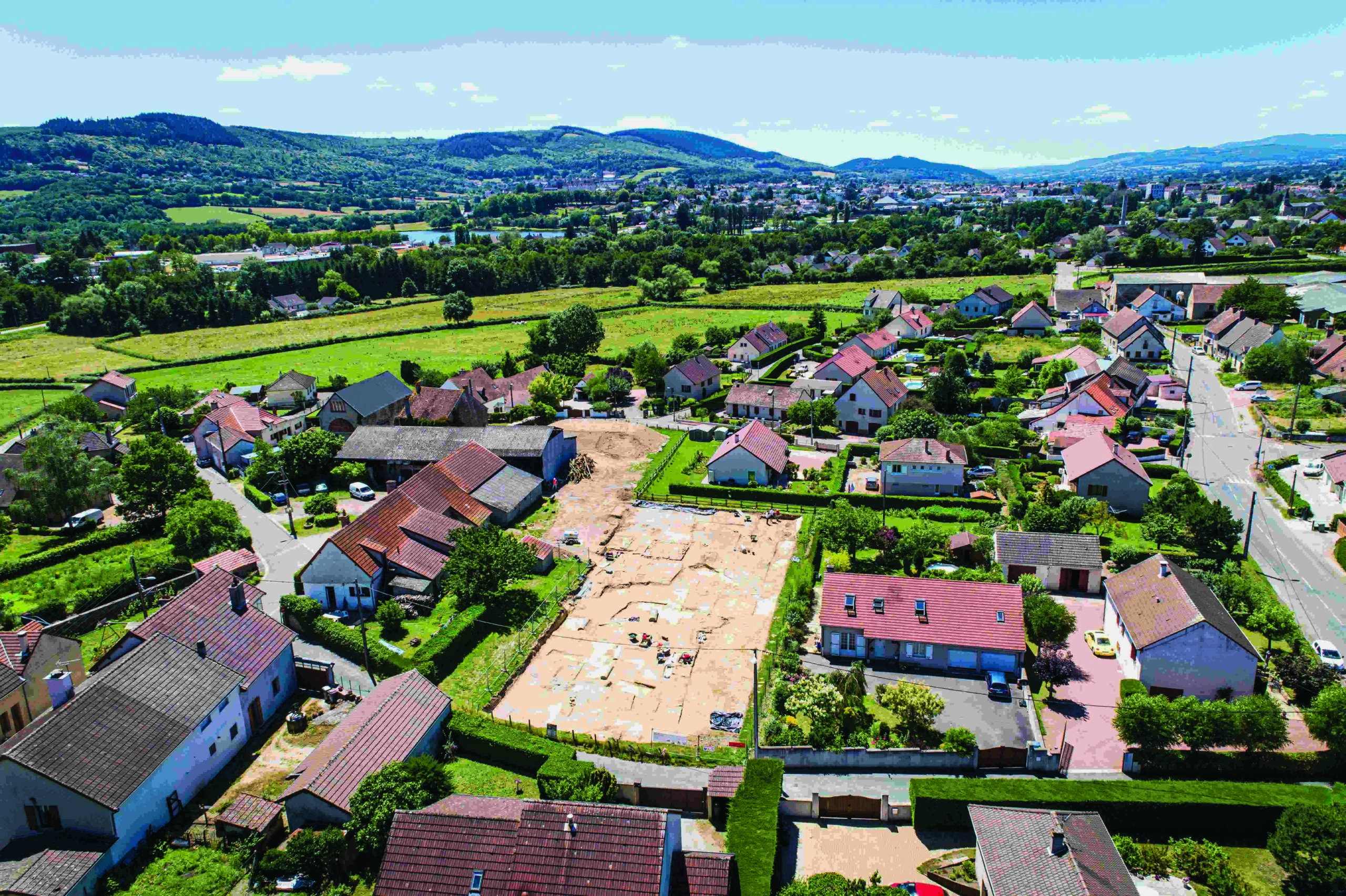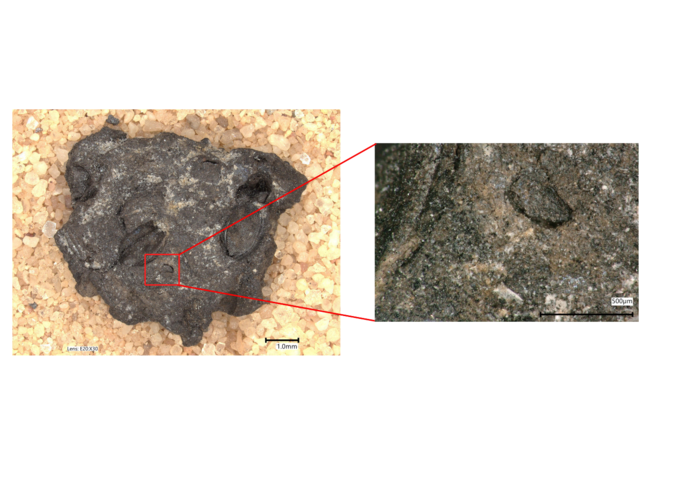
SEOUL, SOUTH KOREA—According to a statement released by Seoul National University, Jennifer Bates of Seoul National University, Kelly Wilcox Black of the University of Chicago, and Kathleen Morrison of the University of Pennsylvania examined enhanced images of charred lumps unearthed at southern India’s site of Kadebakele. The researchers determined that some of the lumps, dated to about 800 B.C., were made up of dough made primarily with millet that was likely formed into flatbreads, while lumps of batter made with pulses such as beans and lentils offer the first clues to how these foods were prepared in the Iron Age. Other lumps uncovered at the site were identified as cattle dung, which was likely used as fuel. To read more about the archaeology of India, go to "India's Temple Island."


